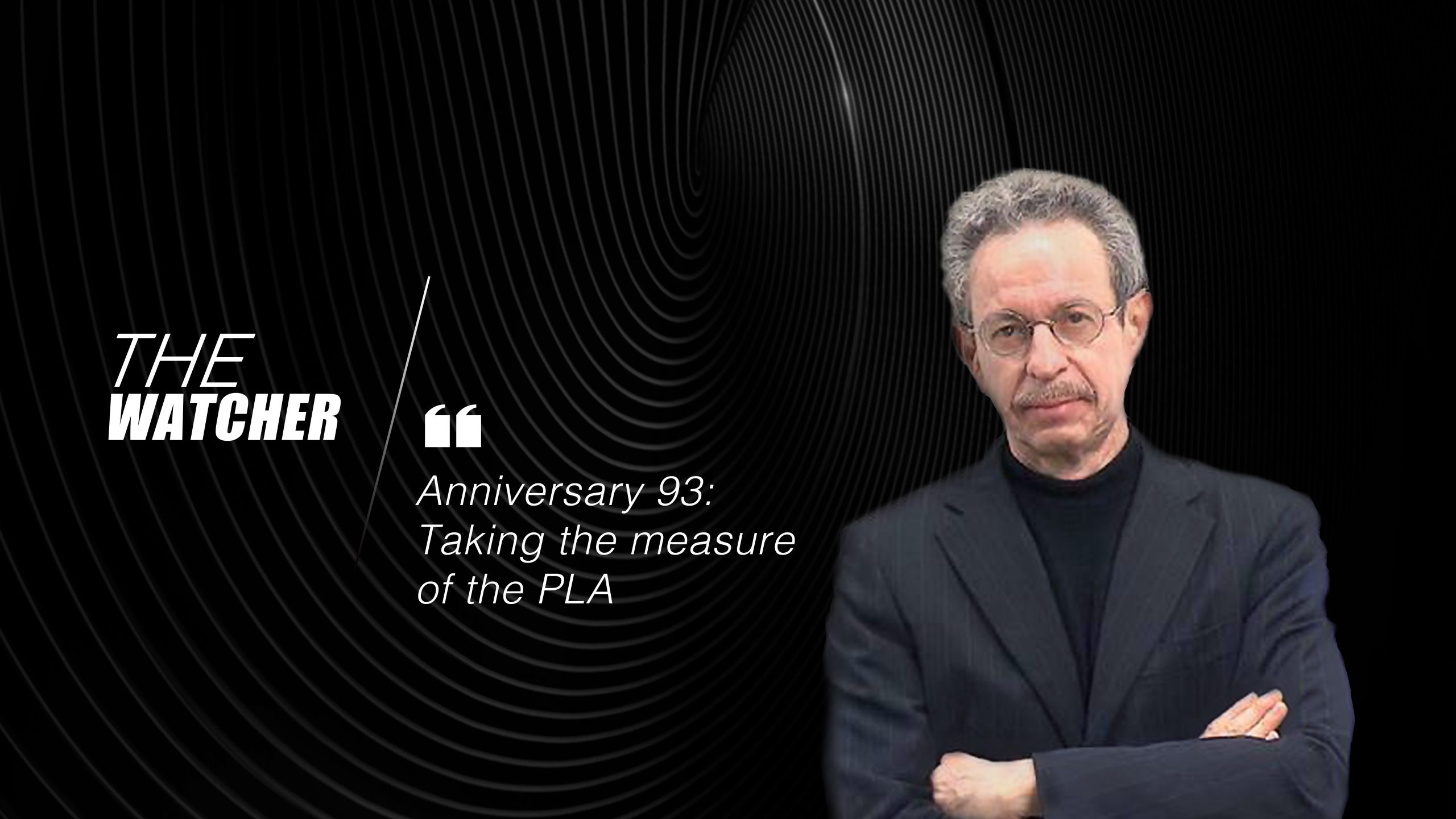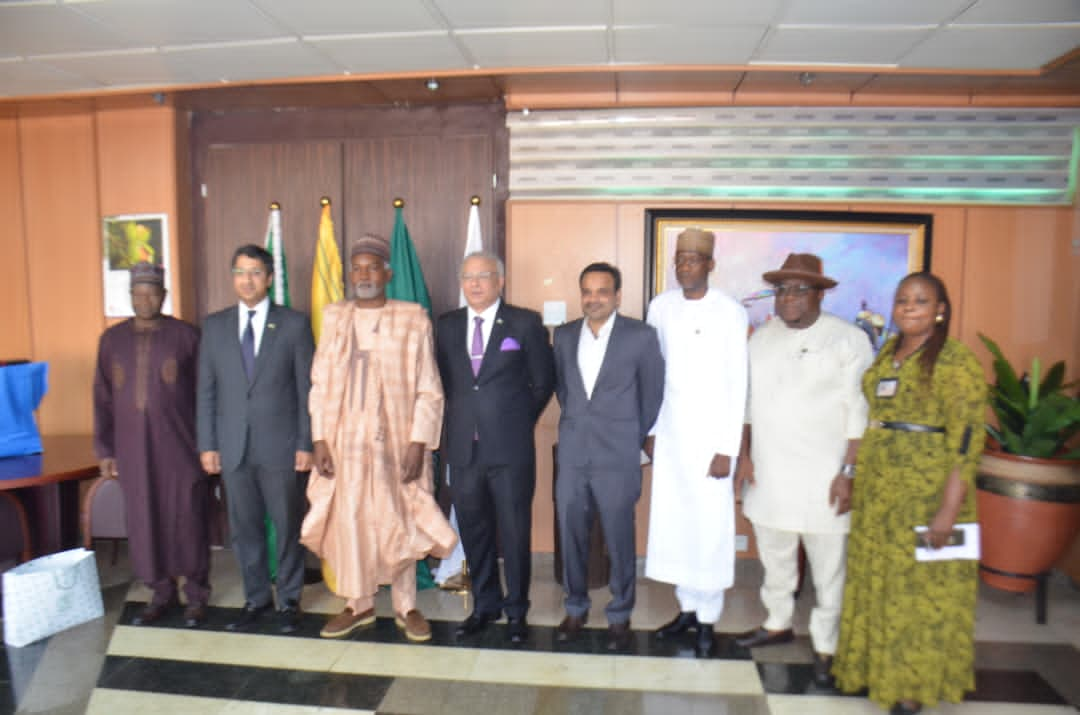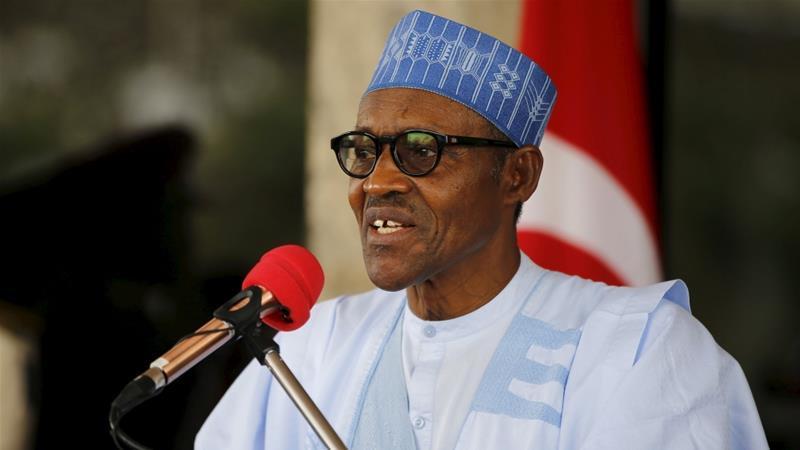Foreign news
Anniversary 93: Taking the measure of the PLA

I’m Robert Lawrence Kuhn and here’s what I’m watching: the People’s Liberation Army, the PLA, on its 93rd anniversary, taking its measure over the past year. But how to tell its multifaceted story in four minutes? I’m going to exemplify the PLA’s year by highlighting two events – just two. The first, in January, was the PLA Navy commissioning its largest and most advanced surface warship, the Nanchang guided-missile destroyer. The second, in February, was the PLA Army’s rapid mobilization to fight the novel coronavirus.
Experts say China’s first 10,000-ton-class, Type 055 destroyer, the most powerful surface combatant in China’s navy (other than aircraft carriers), marks the navy’s leap from third to fourth generation. It is very versatile: it can accompany aircraft carriers in battle groups and can lead task groups in conducting a wide range of missions. The warship’s arsenal includes 112 vertical-launch missile cells capable of launching surface-to-air missiles, anti-ship missiles, land-attack missiles, and anti-submarine missiles. Observers say its commissioning reflects China’s deep blue-water strategy to safeguard, as they say, China’s sovereignty security and overseas interests.
When China’s senior leadership, led by President Xi Jinping, learned of the human-to-human transmission, soon after Xi’s directive to the Political Bureau of the CPC Central Committee on January 20, Wuhan was put into lockdown and the PLA was called upon “to shoulder its responsibility” in the country’s uphill battle to control the outbreak. The PLA promptly dispatched elite forces to the frontline. Its Joint Logistic Support Force, which oversees vast resources and supplies in the PLA’s five Theater Commands, purchased 16 kinds of anti-epidemic and medical materials and set up a steady supply chain.
The PLA Central Theater Command General Hospital sent 66 doctors to two civilian hospitals in Wuhan; 450 PLA medics were transported from three cities; and three Theater Commands shipped medical gear, including 200,000 masks and 10,000 sets of protective clothing.
On February 1 and 2, the PLA sent 950 medics, some of whom had prior epidemic experience with SARS and Ebola; they were selected from hospitals in all five Theater Commands and transported to Wuhan by rail, bus and air, including the PLA’s Y-20 heavy transport aircraft. The 1,000-bed Huoshenshan hospital, famously constructed in 10 days, was turned over to the PLA, which provided 1,400 medical personnel, 950 from PLA hospitals and 450 from PLA medical universities.
In mid-February, the PLA brought in an additional 2,600 medical personnel from all PLA’s services, drawn from 19 cities. In total, the PLA brought more than 4,000 military medics to Wuhan, along with tons of critical medical supplies for the almost two-month long battle.
By early March, the PLA had operated 30 flights to move medics and medical necessities from across the nation, and ran a transportation support team of 130 trucks to help provide daily necessities to the epidemic-stricken region.
The PLA guided-missile destroyer represents China’s growing military strength, and will focus on contentious, overlapping claims in the South and East China Seas. The PLA deployment to fight COVID-19 expresses China’s priority to protect the health of its citizens and its epidemic-control experience may also help other countries contend with contagion. In its 93rd year, two sides of the same PLA coin.
I’m watching both.
Cameraman: Morgan Campagnon
Video editor: Hao Xinxin
(If you want to contribute and have specific expertise, please contact us at opinions@cgtn.com
Foreign news
Pakistan Moves to Deepen Diplomatic, Economic Relations With Nigeria

The Government of the Islamic Republic of Pakistan has called for deeper diplomatic and economic ties with the Nigerian government to foster development for both countries.
Mr Rana Ihsaan, the Coordinator to the Prime Minister of Pakistan made the call in an interview with the News Agency of Nigeria (NAN) during his working vist to Nigeria on Wednesday in Abuja.
NAN reports that the visiting Coordinator held a closed-door meeting with Yusuf Tuggar, the Minister of Foreign Affairs.
After the meeting, he said that both both sides had agreed on deepening relations in the areas of trade and commerce, among others.
Ihsaan said that both countries must see the need to accelerate efforts towards a Bilateral Trade Agreement (BTA).
He said that Pakistan had already submitted a draft BTA and was awaiting Nigeria’s response.
According to him, discussions centered on easing visa processes, expanding educational exchanges, and strengthening Cooperation in sectors such as Minerals, Youth training, and Defence were highlighted.
Ihsaan said that Pakistan had already implemented visa-on-arrival for Nigerians at no cost, and urged Nigeria to reciprocate to enhance people-to-people ties.
He stressed the importance of high-level engagements between both nations, describing Nigeria and Pakistan as very similar countries with large populations, youthful demographics, and vast economic potentials.
“Deeper collaboration will unlock opportunities in trade, education and investment, while further solidifying long-standing diplomatic relations,” he said.
He said that aside from visiting the foriegn Minister and other top government officials in Nigeria, he was also in the country to attend the on-going West Africa Beauty Exhibition holding in Lagos.
He described the exhibition as one of the continent’s largest cosmetic fairs, adding that he led a delegation of 19 Pakistani business people exploring Nigeria’s estimated 10 million dollar beauty and cosmetics market.
Ihsaan said that Nigeria was a gateway to Africa, adding that Pakistani products, like cosmetics, Textiles, Pharmaceuticals, Food items and Sports goods were already gaining traction in the country.
He encouraged Pakistani exhibitors to establish offices, Warehouses and logistics partnerships to strengthen their foothold in the Nigerian market.
Ihsaan further addressed concerns from Nigerian businesses on the ease of doing business in Pakistan.
He said that the Trade Development Authority of Pakistan had been supporting Nigerian participants at major exhibitions to achieve the ease of doing business.
“The Special Investment Facilitation Council (SIFC) serves as a one-stop platform for Nigerians interested in investing in Pakistan,” he said
Culled from NAN
-

 Featured6 years ago
Featured6 years agoLampard Names New Chelsea Manager
-

 Featured6 years ago
Featured6 years agoFG To Extends Lockdown In FCT, Lagos Ogun states For 7days
-

 Featured6 years ago
Featured6 years agoChildren Custody: Court Adjourns Mike Ezuruonye, Wife’s Case To April 7
-

 Featured6 years ago
Featured6 years agoNYSC Dismisses Report Of DG’s Plan To Islamize Benue Orientation Camp
-

 Featured4 years ago
Featured4 years agoTransfer Saga: How Mikel Obi Refused to compensate me After I Linked Him Worth $4m Deal In Kuwait SC – Okafor
-
Sports3 years ago
TINUBU LAMBAST DELE MOMODU
-

 News11 months ago
News11 months agoZulu to Super Eagles B team, President Tinubu is happy with you
-
Featured6 years ago
Board urges FG to establish one-stop rehabilitation centres in 6 geopolitical zones
